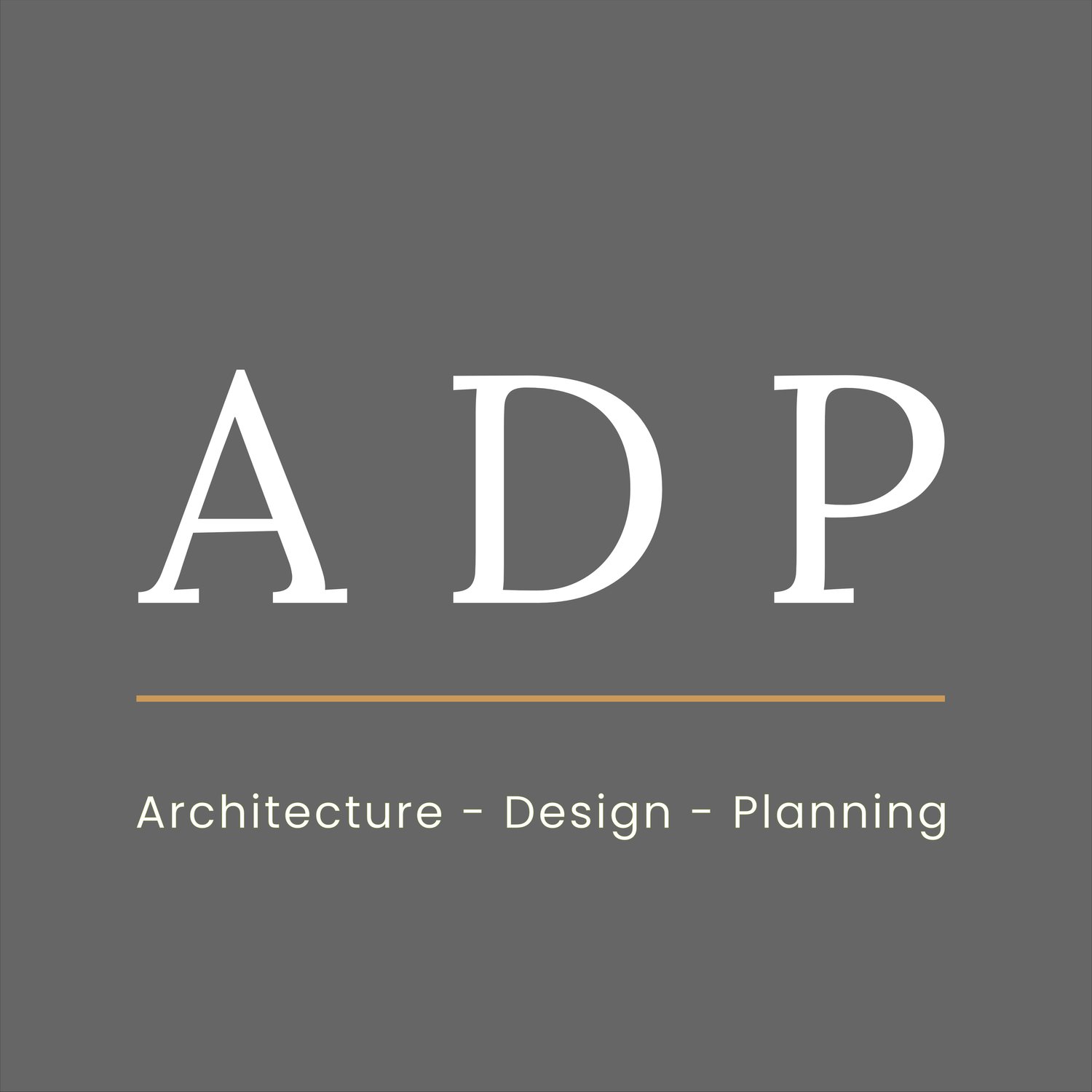Planning Appeal Win for a 50-Bed Hotel in Windsor
We are delighted to have won an appeal against the Royal Borough of Windsor and Maidenhead’s decision to refuse a planning application for a 50-bed hotel. This is a great decision and exciting project that will greatly benefit the tourism industry within the wider Windsor area.
The appeal site is a former petrol filling station used for car sales located. It is located at a key junction within Windsor’s road hierarchy and is well placed for attractions such as Legoland and Windsor Castle.
The proposed hotel building was design by Altham Lewis, and adopted a symmetrical stepped profile. The sides would be 2 storey, stepping up to a third storey which would then step up again to a flat roof. The roof would be set in from the eaves with a recessed section in its centre to further break up its mass when viewed from the street.
Architectural Design by Altham Lewis
The Planning Journey
Our client sought to engage positively with the Council to secure planning permission for this development. However, it became clear from the outset that the Royal Borough of Windsor and Maidenhead did not want a new hotel at this location, despite its strategic position within the town and connectivity to key tourism facilities.
During pre-application discussions, a number of design options were presented to the Council, who initially indicated that a contemporary design would be preferred. Matters relating to scale were cited as issues that needed to be addressed. A planning application was subsequently submitted that followed their advice, however, frustratingly a number of new issues arose that the Council failed to identify during the pre-application discussions. They also dramatically changed their opinion on design and scale, now preferring a more traditional design approach and a much-reduced scale.
A revised application was submitted, following further discussions with the Council, and yet again new issues were raised, not previously identified, and the inconsistent design advice continued.
Given the Council’s approach to this site, a new planning strategy was required. Knowing that the Council would continue to resist development here, and that the proposals were well considered, with a detailed understanding of the site’s context, the project team put together a robust scheme that we knew had a strong chance of success, if an appeal was required.
Predictably, the Council refused the latest application on design and scale grounds. They also included unsubstantiated issues relating to trees.
The Planning Appeal Decision
In this case, the Council adopted a very restrictive approach to design that failed to take account of national policy and guidance, which requires development to have regard to the context and character of the surrounding area. Our appeal documentation highlighted this, and illustrated how the proposed scheme would in fact sit comfortably and successfully integrate into the surrounding area and streetscene.
The Planning Inspector agreed and he highlighted that:
The site is located is located within a mixed-use character area, and not as the Council as suggested, a residential location.
Most nearby buildings have limited landscaped curtilages fronting the road. As such, the building would not appear cramped or the site overdeveloped.
The site is separated from neighbouring properties by a footpath, and the sides of the proposed building would be further set in, increasing the building’s distance from its neighbours. As such, the proposed building would appear as a standalone structure rather than part of a continuous built frontage, as claimed by the Council.
The distance between buildings and the stepped profile and insets that break up the form of the proposed building would prevent the building from dominating the street scene. It would also be a comparable height to the neighbouring buildings.
Suitable mitigation measures were proposed to overcome the Council’s concerns relating to long-term health of existing trees.
The raised bed at the front of the site, with a low-level hedge, would improve the street scene and provide a landscaped relief where there is currently none.
Contact Us
A council’s interpretation of planning policy or what they consider is right for the long-term planning of a site is not always correct. The planning appeal process allows the planning decision of a local planning authority to be challenged. If you are aggrieved by a planning decision, please contact us at mail@adpltd.co.uk or use the form below, to understand how we can assist you with your appeal.

